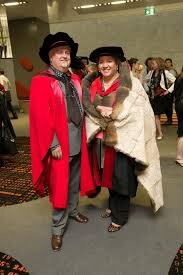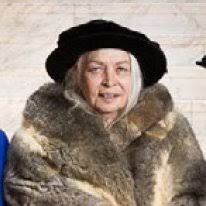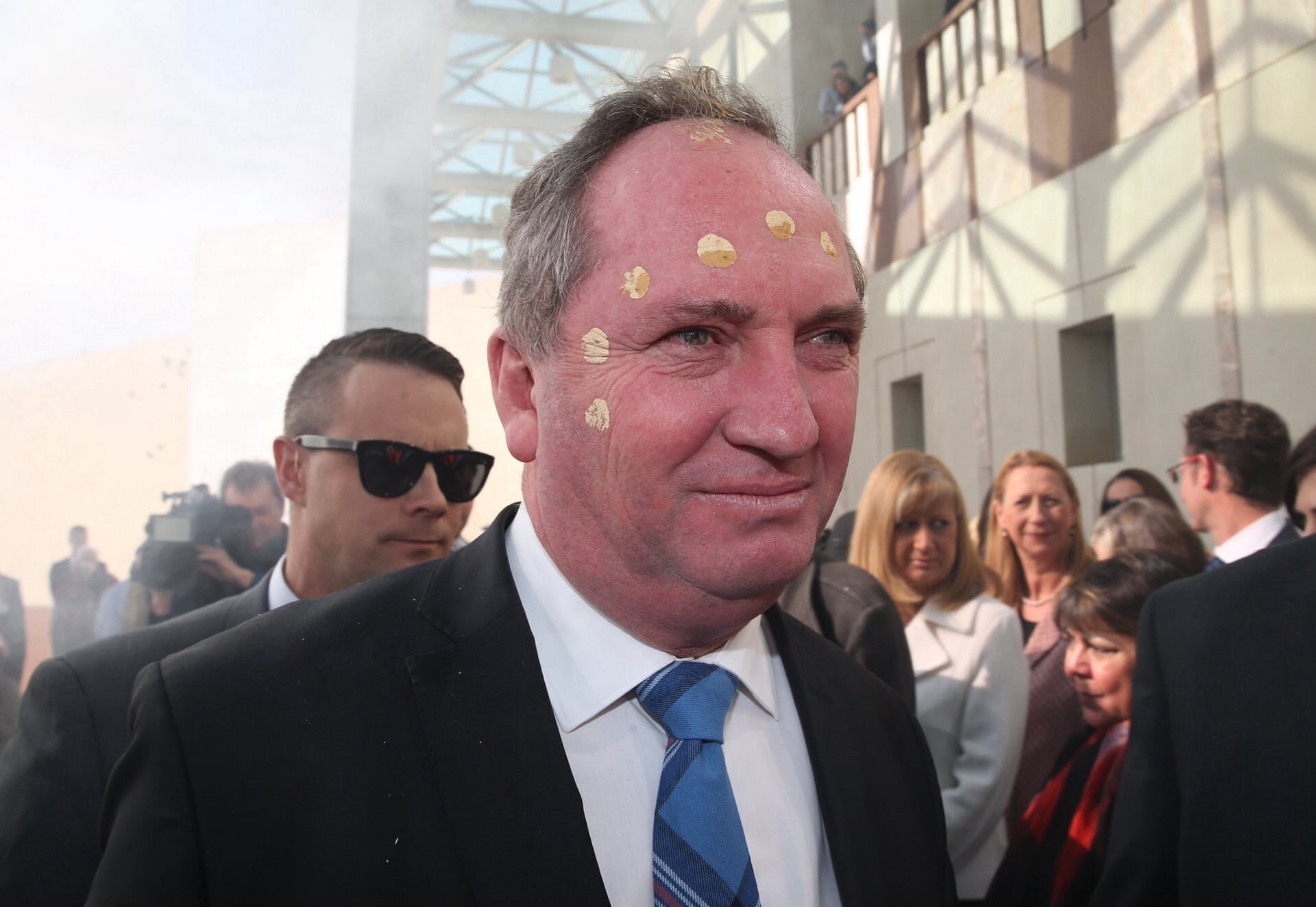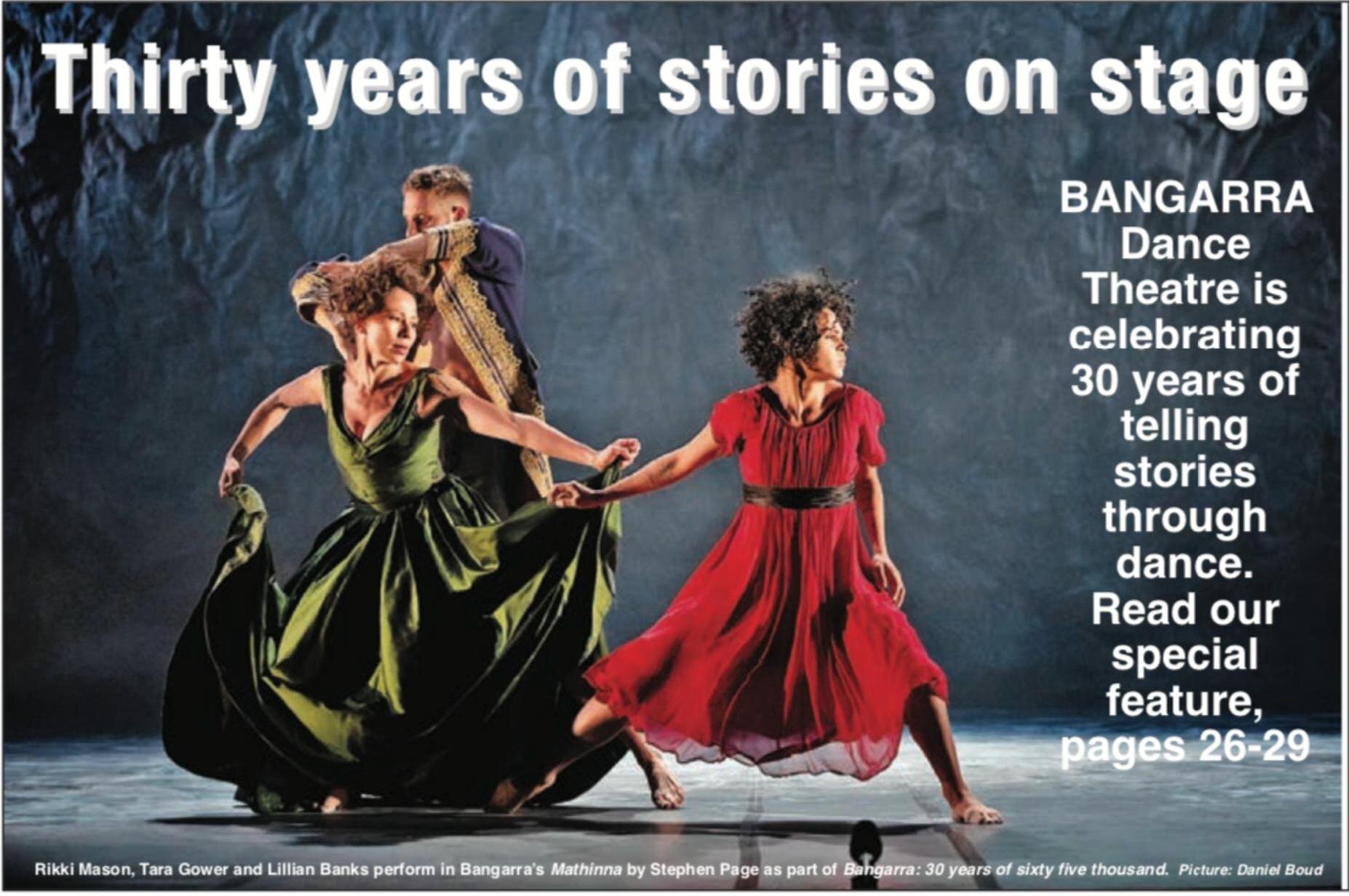Roger Sandall's Four Stages of Noble Savagery
The Four Stages of Noble Savagery
The impact of romantic primitivism on public life in the old colonial worlds of the Americas, Australia and New Zealand is widely and continuously felt. The film-maker, academic and author, Roger Sandall, ‘was a strong critic of romantic primitivism and the concept of the Noble Savage; he was an advocate of modern civilization. In Sandall's view, romantic primitivism places far too high a value on cultures that were often characterised by, among other aspects, limited human rights, religious intolerance, disease and poverty. Other negative aspects he discusses include domestic oppression (usually of women and children), violence, clan/tribal warfare, poor care of the environment and considerable restriction on artistic freedom of expression’ - Wikipedia .
In his book, The Culture Cult – Designer Tribalism and Other Essays (Westview Press, 2001), Sandall includes an Appendix entitled, “The Four Stages of Noble Savagery”, which we have paraphrased heavily below to reflect current conditions in Australia.
To paraphrase Sandall,
‘Attitudes toward the Noble Savage have gone through a number of stages over the years—The Captain Cook Stage, War and Pacification, Transfiguration, and Disneyfication.
In Australia, public discussion is working through the final stages of the Transfiguration Stage, and has begun to enter Disneyfication, with popular writers such as Mr Pascoe with his book Dark Emu firmly in the driving seat.
1. The Captain Cook Stage
This is the tribalism of around 1750 before New Holland (Australia) and Polynesia are fully mapped. On the frontier, a clear line is drawn between savage and civilized behaviour. When Cook and others meet the spear- and club-wielding indigenes of the South Pacific, men are killed on both sides, but they are butchered or baked and eaten by one side only.
Romanticizing in your journal about the ‘Noble Savage’ that you may see on the shoreline is one thing, but once ashore, there’s no point in romanticizing an enemy who just wants to spear you through and split open your skull. Primitive culture is fought, not emulated.
During this Captain Cook Stage, the explorers record the native customs matter-of-factly in journals; ethically, the primitive cultures are seen as leaving room for improvement; politically, the life of the stateless savage is seen as nasty, brutal and short.
2. War and Pacification
European settlement brings conflict over land and the displacement of peoples, often with violence. That is how new nations were always forged and Australia was no different, although the level of violence was very much less than that experienced in New Zealand and the Americas. At this stage the native is still seen as a potential enemy, but settlers develop a healthy respect for his ability with the spear and the club, and a straightforward struggle takes place between the two. The outcome is heavily weighted against the indigenes, but a growing movement is under way in the English-speaking world for the relief and protection of the Aborigines. This moderates the level of violence and causes scientific studies of the Aborigines to be initiated.
No colonial intelligentsia to speak of yet exists, but when it does it will pass a severe retrospective moral judgment on this period as a whole. Although they can hardly be expected to see this in the still distant future, by losing the material battle, the Aborigines are well placed ultimately to win the moral war.
3. Transfiguration
In this stage, the vanquished live in reserves and outskirts, demoralized, sullen, and often drunk. Efforts are made to assimilate them but these mostly fail. Using the resources of a growing world economy, the settlers meanwhile apply themselves to agriculture, towns grow, and universities are built, while a critical intelligentsia emerges who read Rousseau, Marx and French Post-modernists, and are much given to ruminating on things.
And now comes a curious inversion. By a process of moral reasoning, the intellectuals use the degradation of the defeated Aborigines as a motive for glorifying the culture they once possessed. At the same time, all knowledge of what was stagnant, miserable cruel and absurd about the old Aboriginal way of life is suppressed. Replacing it is a genteel upside down version of the past – a vision of Aboriginal tradition which is benign, where peace and happiness prevail, where spirituality flourishes and the fruits of the land are easily procured with little effort – a Garden of Eden with art, dance and singalongs. A ‘truer history’ is born.
Unsurprisingly, the modern day heirs of tribalism enthusiastically approve this new and academically authorised version of their lives.
4. Disneyfication
But this sentimentalism begets childishness. The primitive savages of yesterday become the wise spiritual elders, insightful artists and justice advocates of today. The ABC, NTIV and the Australian movie industry become interested and a new narrative is crafted which invents many new Aboriginal ‘traditions’, ‘histories’ and ‘ways of seeing things’, that the average Aboriginal is intimidated into supporting. Newly invented Smoking Ceremonies, Acknowledgments and Welcomes to Country, Face Painting and War Dances, coupled with Exhibitions, Festivals and Publications on Aboriginal Astronomy, Fire-management and other ‘Sciences’ all add to the theme park atmosphere.
The reality is that the great majority of Aboriginal people today are just citizens like the rest of us, and they have needs exactly like the rest of us – for housing, education and jobs and the freedom to get on with their own lives as they see fit. But their attempts to succeed are handicapped by the usual academic hostility to capitalism and the market economy. A suffocating religiosity now descends on public discussion enforced by academics, judges, the churches, journalists, teachers and politicians, all of whom claim that the Aboriginal culture, being ‘the oldest continuous culture on earth’, possesses a spirituality and knowledge unique to this land which we ignore at our peril.
Soon, what has always been considered as primitive culture is elevated above the civilised - the charge is that our modern Australian society, with blood on its hands from past injustices, is still racist, lacks spirituality and does not care for the land. We are told by the new, self-appointed, Custodians of Country, Wise Mystical Elders and Sages, and Pacifist Saints that only by consulting with them, and doing as they say, can we heal the wounds and restore our land and people to its ‘truer history’ of a ‘pan-continental government that generated peace and prosperity [so that] it is likely we will admire and love our land all the more’ (Bruce Pascoe, Dark Emu, 2018ed, book cover blurb).
Bruce Pascoe honouring his ancestors with his #Yuin people. South Coast of NSW. - Source Twitter 7:26 PM · Jan 28, 2020
City of Sydney’s contribution to a ‘Truer History” of Aboriginal Australia
The laughable irony is that this whole Disneyland sentimentalism is a privileged, white, Western construct and completely foreign to traditional Aborigines who are treated as children and told, yet again, that they don’t reach the required ‘safety level height’ to be allowed to be free to go on the ‘Great Rollercoaster of Life’ along with the rest of us Australians.
ps: But in this great country of ours there is always hope, and our ability to laugh at the absurd ideas of Australia’s Intellectual Elites has kept our society elagitarian and free of tyranny - so far. See here, here, here, here and here for the satire that will save us all Australians, including those of Aboriginal ancestry, from the Totalitarianism of the Progressive Left










